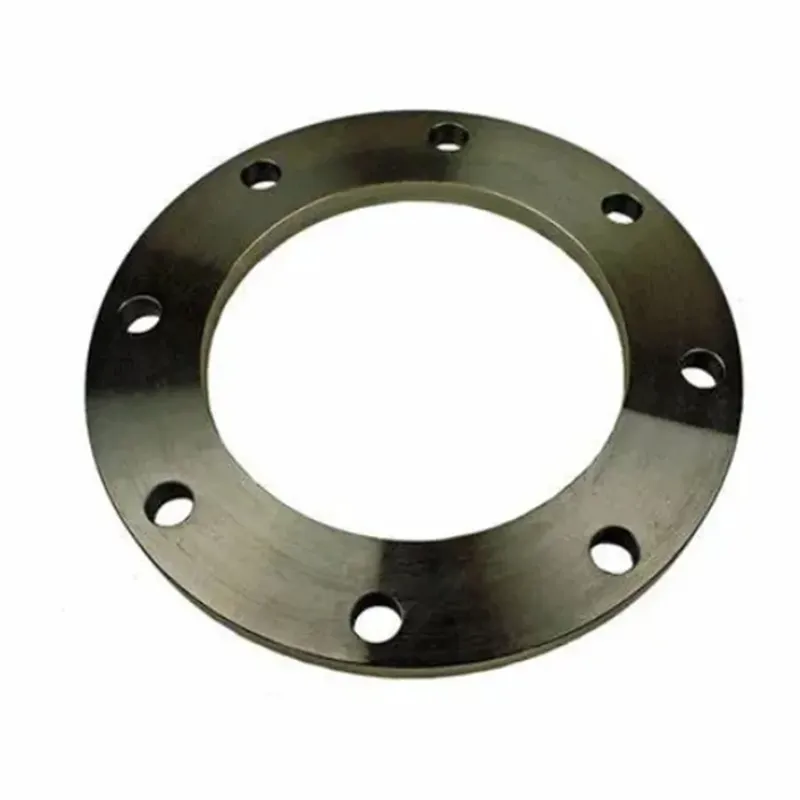-
Cangzhou Yulong Steel Co., Ltd.
-
Phone:
+86 13303177267 -
Email:
admin@ylsteelfittings.com
- English
- Arabic
- Italian
- Spanish
- Portuguese
- German
- kazakh
- Persian
- Greek
- French
- Russian
- Polish
- Thai
- Indonesian
- Vietnamese
- Zulu
- Korean
- Uzbek
- Hindi
- Serbian
- Malay
- Ukrainian
- Gujarati
- Haitian Creole
- hausa
- hawaiian
- Hebrew
- Miao
- Hungarian
- Icelandic
- igbo
- irish
- Japanese
- Javanese
- Kannada
- Khmer
- Rwandese
- Afrikaans
- Albanian
- Amharic
- Armenian
- Azerbaijani
- Basque
- Belarusian
- Bengali
- Bosnian
- Bulgarian
- Catalan
- Cebuano
- China
- China (Taiwan)
- Corsican
- Croatian
- Czech
- Danish
- Esperanto
- Estonian
- Finnish
- Frisian
- Galician
- Georgian
- Kurdish
- Kyrgyz
- Lao
- Latin
- Latvian
- Lithuanian
- Luxembourgish
- Macedonian
- Malgashi
- Malayalam
- Maltese
- Maori
- Marathi
- Mongolian
- Myanmar
- Nepali
- Norwegian
- Norwegian
- Occitan
- Pashto
- Dutch
- Punjabi
- Romanian
- Samoan
- Scottish Gaelic
- Sesotho
- Shona
- Sindhi
- Sinhala
- Slovak
- Slovenian
- Somali
- Sundanese
- Swahili
- Swedish
- Tagalog
- Tajik
- Tamil
- Tatar
- Telugu
- Turkish
- Turkmen
- Urdu
- Uighur
- Welsh
- Bantu
- Yiddish
- Yoruba

Oct . 22, 2024 05:20 Back to list
A Comprehensive Guide to ANSI B16.20 Standards and Applications
Understanding ANSI B16.20 A Guide to Standardized Flange Gaskets
The ANSI B16.20 standard has become an essential reference in the realm of industrial piping systems, particularly in defining the specifications for metallic gaskets used in conjunction with flanges. As industries increasingly demand reliability and safety in their systems, understanding this standard is critical for engineers, designers, and maintenance personnel.
What is ANSI B16.20?
ANSI B16.20, titled Metallic Gaskets for Pipe Flanges, is a standard developed by the American National Standards Institute (ANSI) under the auspices of the American Society of Mechanical Engineers (ASME). Introduced to provide uniformity and reliability within the industry, ANSI B16.20 outlines the types, dimensions, tolerances, and material specifications for metallic gaskets that are used in flanged joints. These gaskets play a pivotal role in sealing applications, preventing leaks in various systems, from water and steam to petrochemical and natural gas operations.
Types of Metallic Gaskets
Under ANSI B16.20, metallic gaskets can be categorized into several types based on their construction and application. The most common types include
1. Ring-Type Gaskets These gaskets are designed as a thin ring fitting within the flange's sealing groove. They can be manufactured from various materials, including stainless steel, and are often used in high-pressure applications.
2. Spiral Wound Gaskets These gaskets consist of a spiral winding of metal and soft filler material, providing flexibility and adaptability to different flange surfaces. They are particularly effective in handling temperature fluctuations and varying pressures.
3. Kammprofile Gaskets Featuring a solid core with a serrated profile, Kammprofile gaskets provide a robust seal and are ideal for applications requiring high sealing performance under extreme conditions.
4. Oval and Octagonal Gaskets These gaskets are often used in specific flanges where the sealing area needs to adapt to the design of the flange. Their unique shapes help ensure a complete seal in less conventional applications.
Importance of Compliance with ANSI B16
.20Compliance with ANSI B16.20 is vital for several reasons
ansi b 16.20

- Interoperability Standardizing the specifications allows for interchangeable parts across different manufacturers. This interoperability minimizes downtime when replacing or upgrading components within a piping system.
- Safety By adhering to standardized specifications, the likelihood of leakage and failure in high-pressure systems is significantly reduced, ensuring the safety of personnel and the environment.
- Quality Assurance ANSI B16.20 promotes high-quality manufacturing practices through its rigorous specifications. Manufacturers who comply with these standards demonstrate a commitment to producing reliable and durable products.
- Regulatory Compliance Many industries are subject to regulatory requirements that demand compliance with recognized standards such as ANSI B16.20. Meeting these requirements not only enhances safety but also protects organizations from potential legal liabilities.
Installation and Maintenance Considerations
While understanding the specifications of ANSI B16.20 is crucial, proper installation and maintenance of metallic gaskets are equally important. Key considerations include
1. Surface Preparation Flange surfaces should be clean, smooth, and free from defects before gasket installation. This preparation is critical to achieving a proper seal.
2. Torque Specifications Adhering to the correct torque specifications during flange assembly is necessary to ensure that the gasket is compressed adequately without being over-tightened, which could lead to deformation and potential failure.
3. Regular Inspections Regular inspection of gaskets and flange joints can help identify wear and potential failure points before they result in leaks or hazardous situations.
Conclusion
Understanding ANSI B16.20 and its implications for metallic gaskets is essential for anyone involved in the design, installation, or maintenance of piping systems. By adhering to this standard, industries can ensure greater safety, reliability, and efficiency in their operations. As technology and industrial practices evolve, continuing to prioritize standardized practices like ANSI B16.20 will serve as the backbone of safe and effective piping systems.
Latest news
-
ANSI 150P SS304 SO FLANGE
NewsFeb.14,2025
-
ASTM A333GR6 STEEL PIPE
NewsJan.20,2025
-
ANSI B16.5 WELDING NECK FLANGE
NewsJan.15,2026
-
ANSI B16.5 SLIP-ON FLANGE
NewsApr.19,2024
-
SABS 1123 FLANGE
NewsJan.15,2025
-
DIN86044 PLATE FLANGE
NewsApr.19,2024
-
DIN2527 BLIND FLANGE
NewsApr.12,2024
-
JIS B2311 Butt-Welding Fittings LR/SR 45°/90° /180°Seamless/Weld
NewsApr.23,2024











